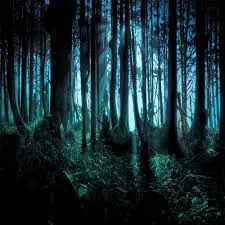This thread is for anyone working on personal projects to share their progress, and hold themselves somewhat accountable to a group of peers.
Post your project, your progress from last week, and what you hope to accomplish this week.
If you want to be pinged with a reminder asking about your project, let me know, and I'll harass you each week until you cancel the service


Jump in the discussion.
No email address required.
Notes -
Okay so if I was willing to forego individual addressing of LEDs, sounds like COB lights would be a good way to go?
I was imagining creating a 3D model of where every pixel was and being able to do a really sophisticated animation based on that (e.g. a pulse starting at some center like my vest and radiating out to the edges of my helmet and bottom of my bike), but there's only going to be a couple of light strips per item (helmet, bicycle, vest) so I don't imagine anything too intricate will show up and I should just consider controlling the color of all strips on an item as a single unit.
Depends on whether brightness or fine detail are more important. I'd probably go with the fine detail option, with what you're saying.
Regardless of what you buy, most are going to be somewhere around 2-5 lumen/LED. You don't have to beat the sun to be visible, but as a comparison most floodlights run around 1200 lumens, and automotive turn signals around 500-900 lumens.
None of them will be visibly bright under full sunlight (compare automotive high-beams at 3200 lumens), and I don't think it'd be practical for any clothing you'd want to wear. I'd expect a good quality thin diffuser will at least change color or perceived shade under a 144LED/m WS2815 setup (napkin math says ~500 lumen/meter post-diffuser) under normal outdoor conditions, but it will be subtle regardless of what LED strip you go with. And if you're wanting that sort of sophisticated animation, being able to control individual squares rather than long strips seems likely to be a bigger benefit compared to just adding additional parallel strips.
(imo, even 'normal' LED strips you won't want full brightness at night.)
There are premanufactured flexible 'sheets' of WS2815s that may be easier to work with for something like a vest, if they have enough density and brightness for your task.
More options
Context Copy link
More options
Context Copy link